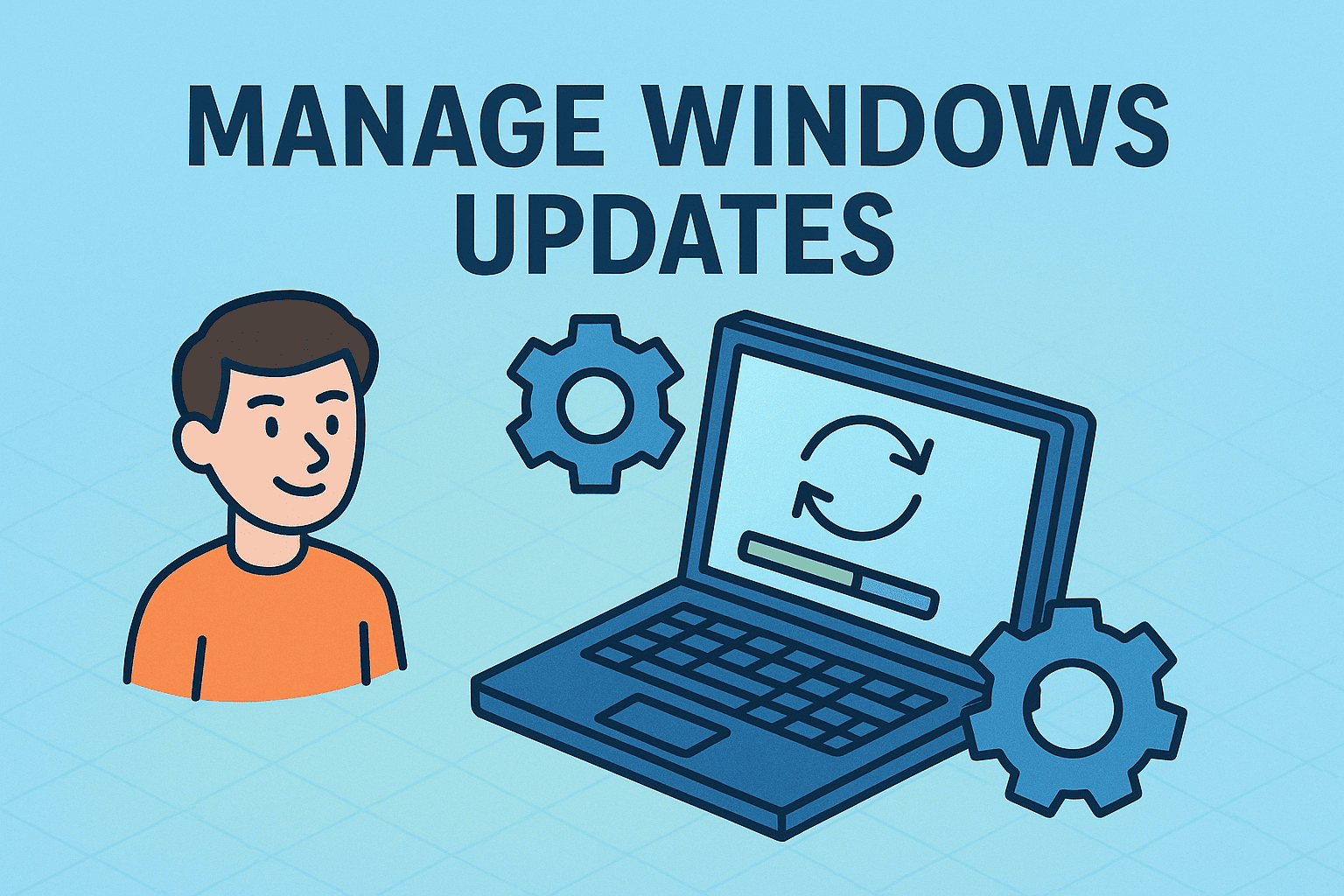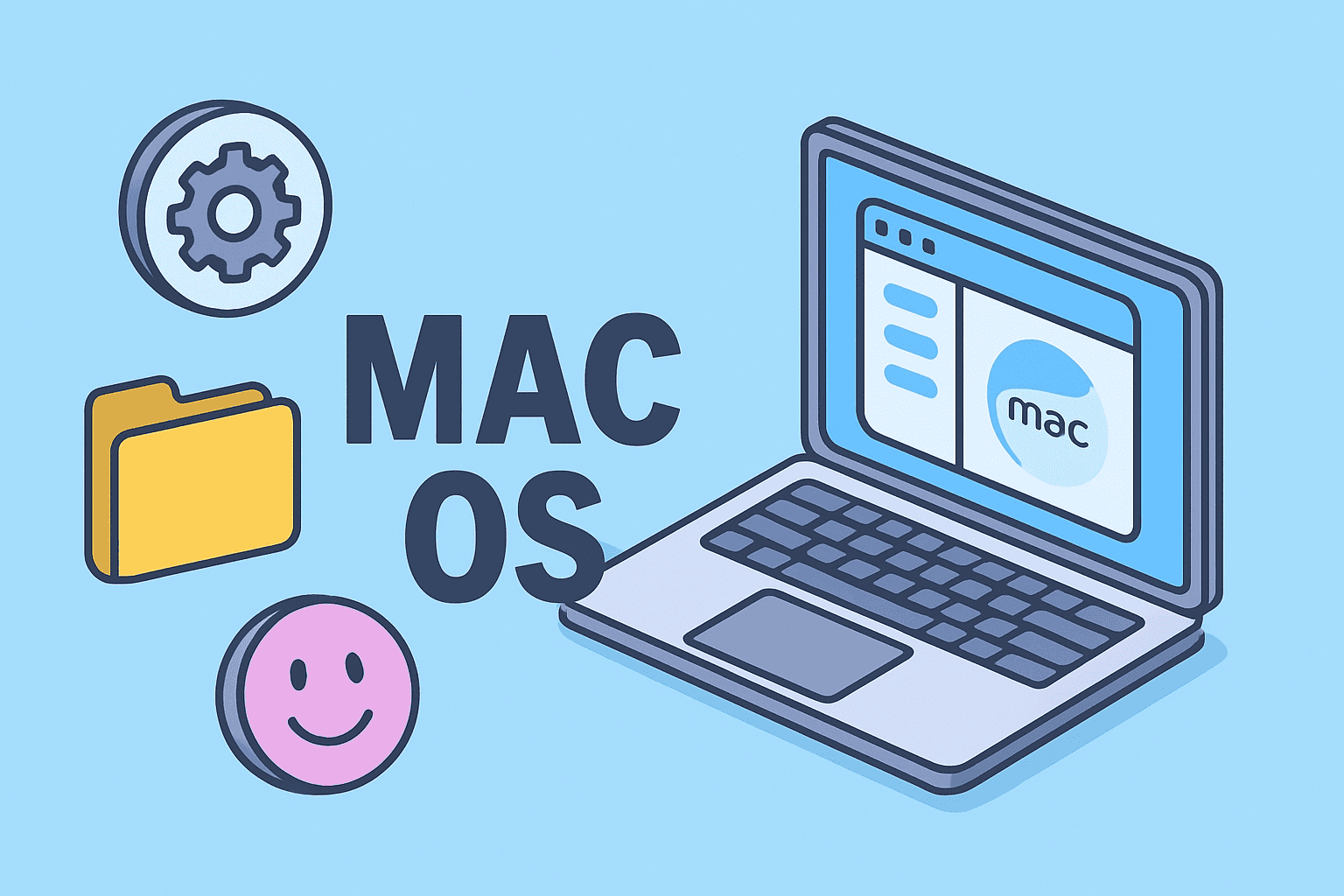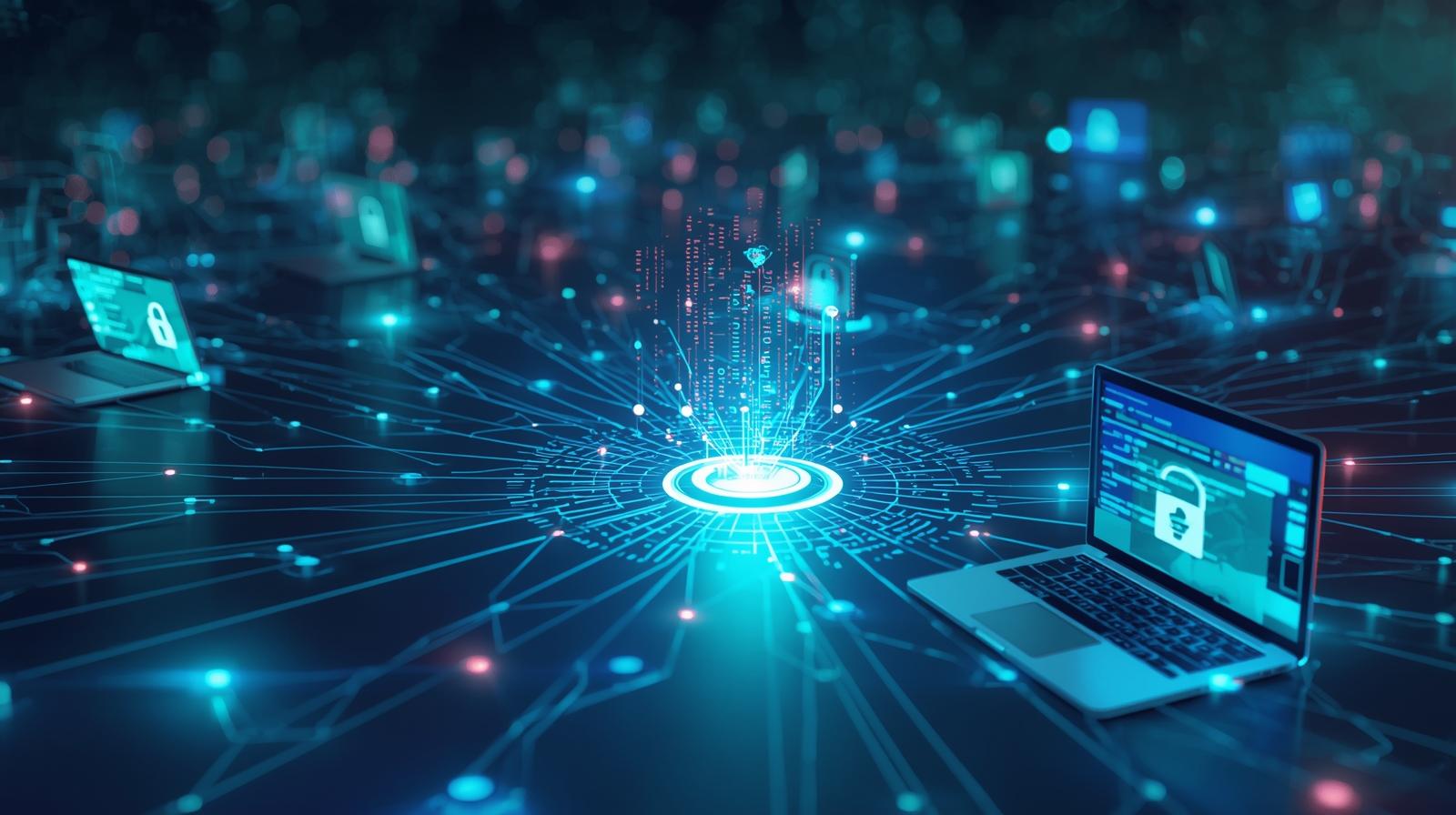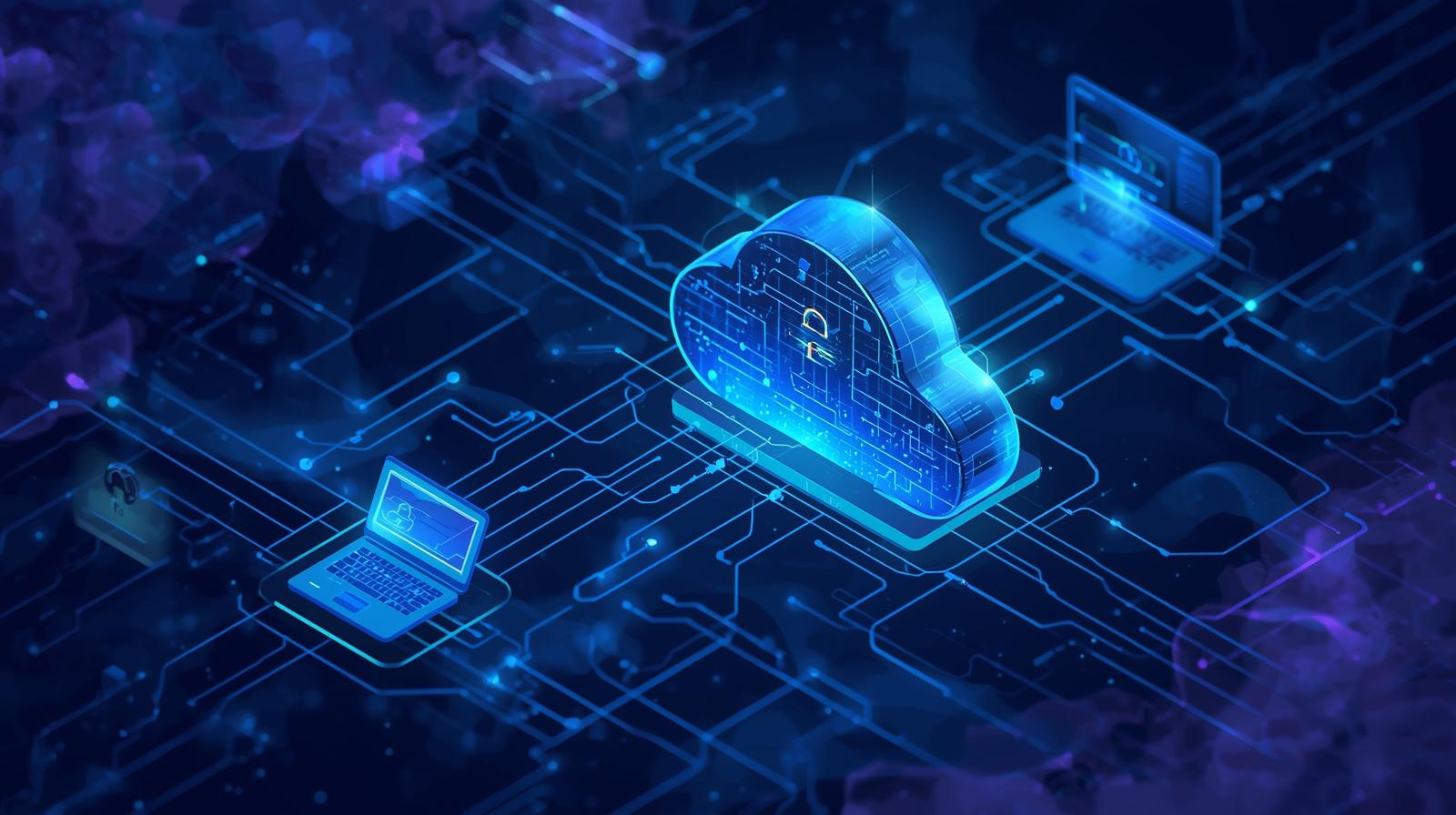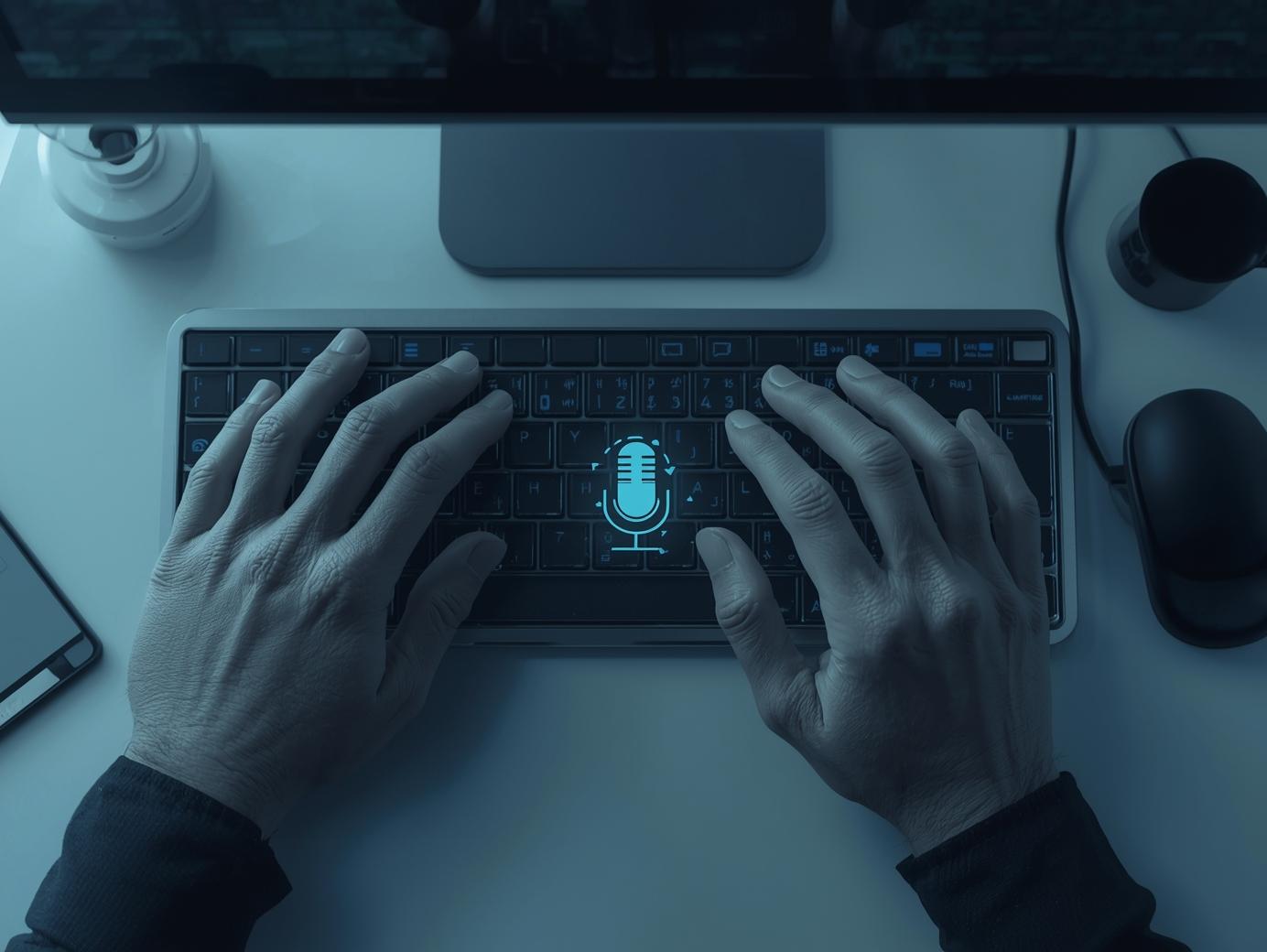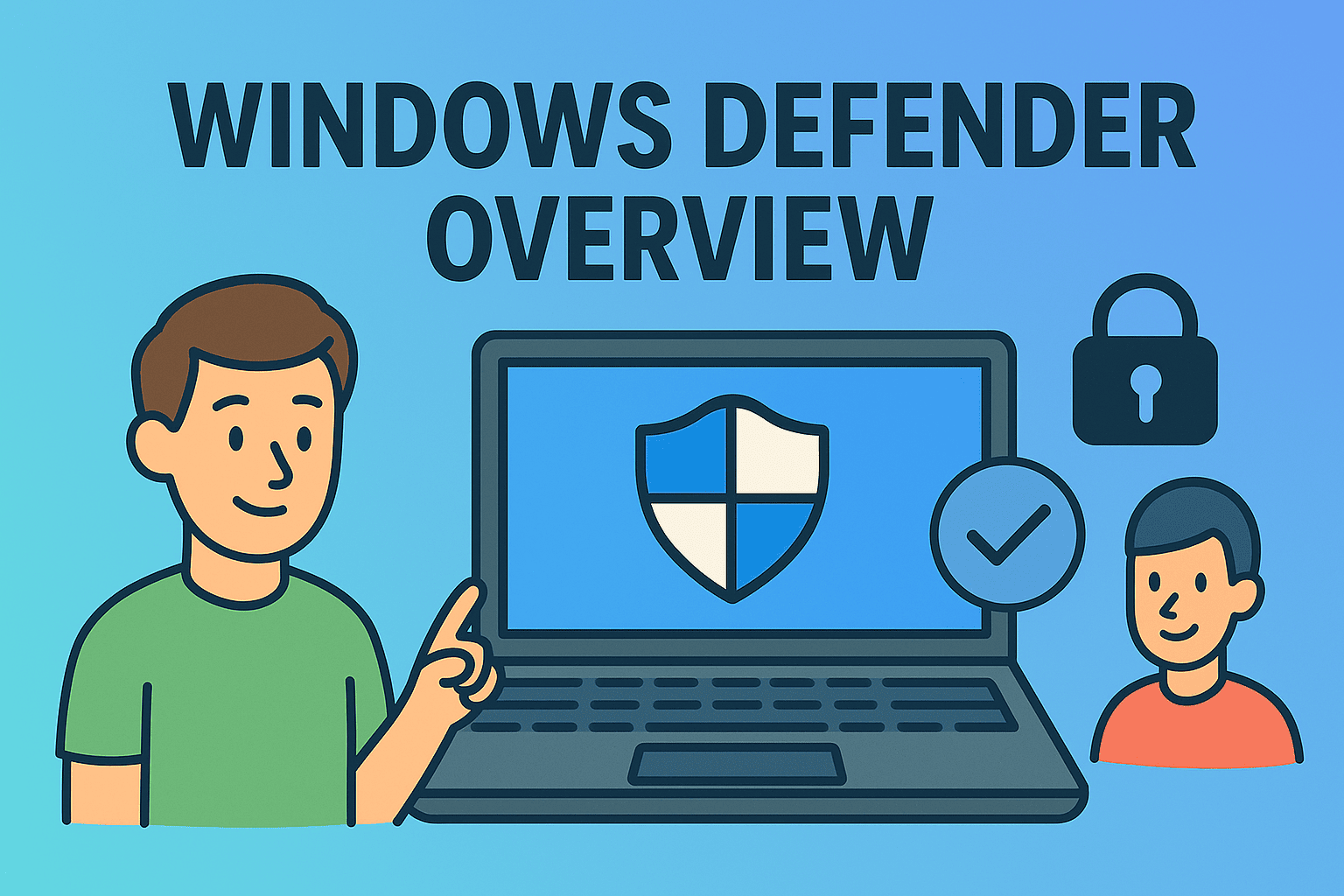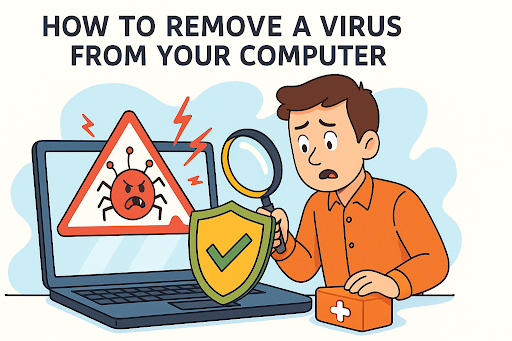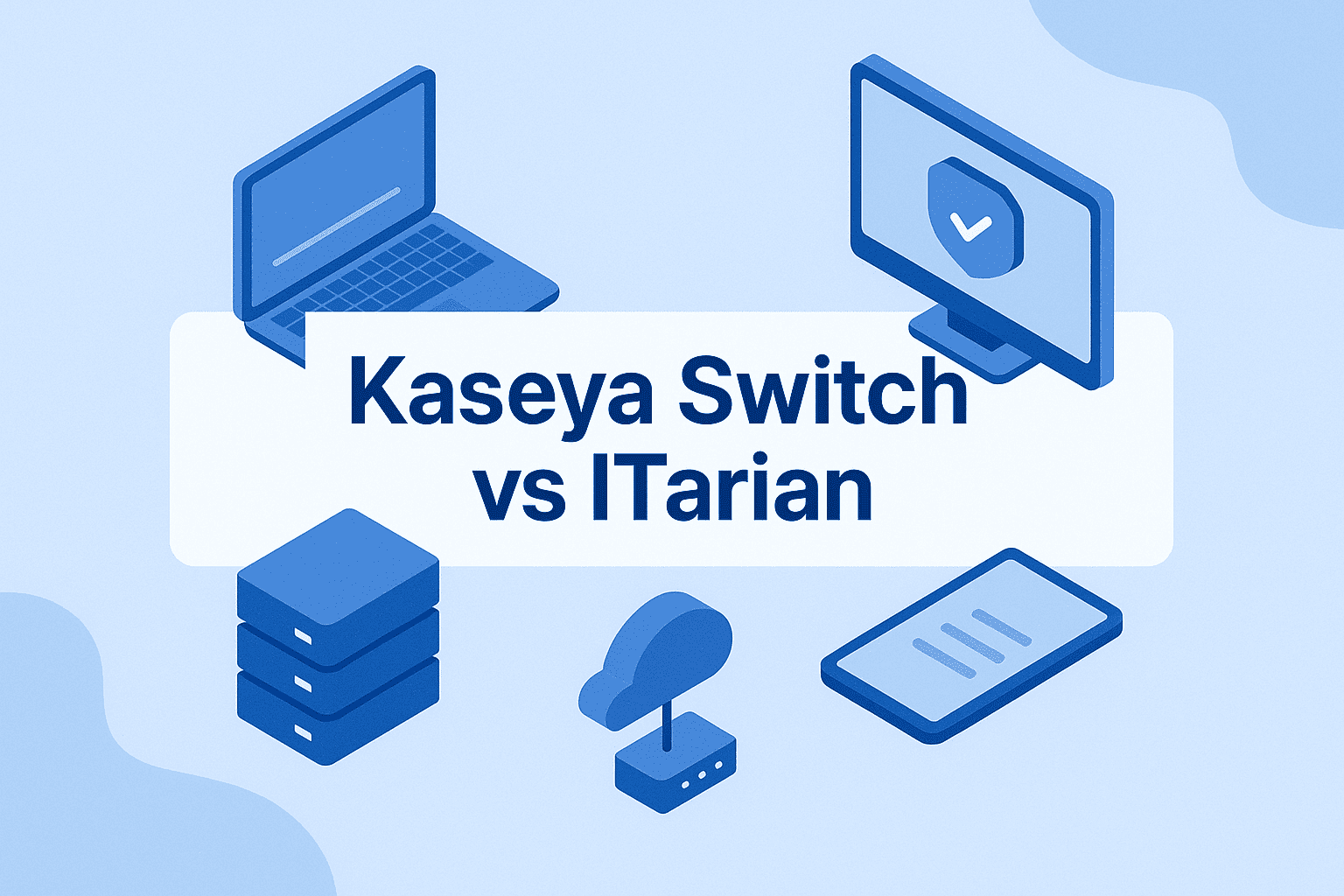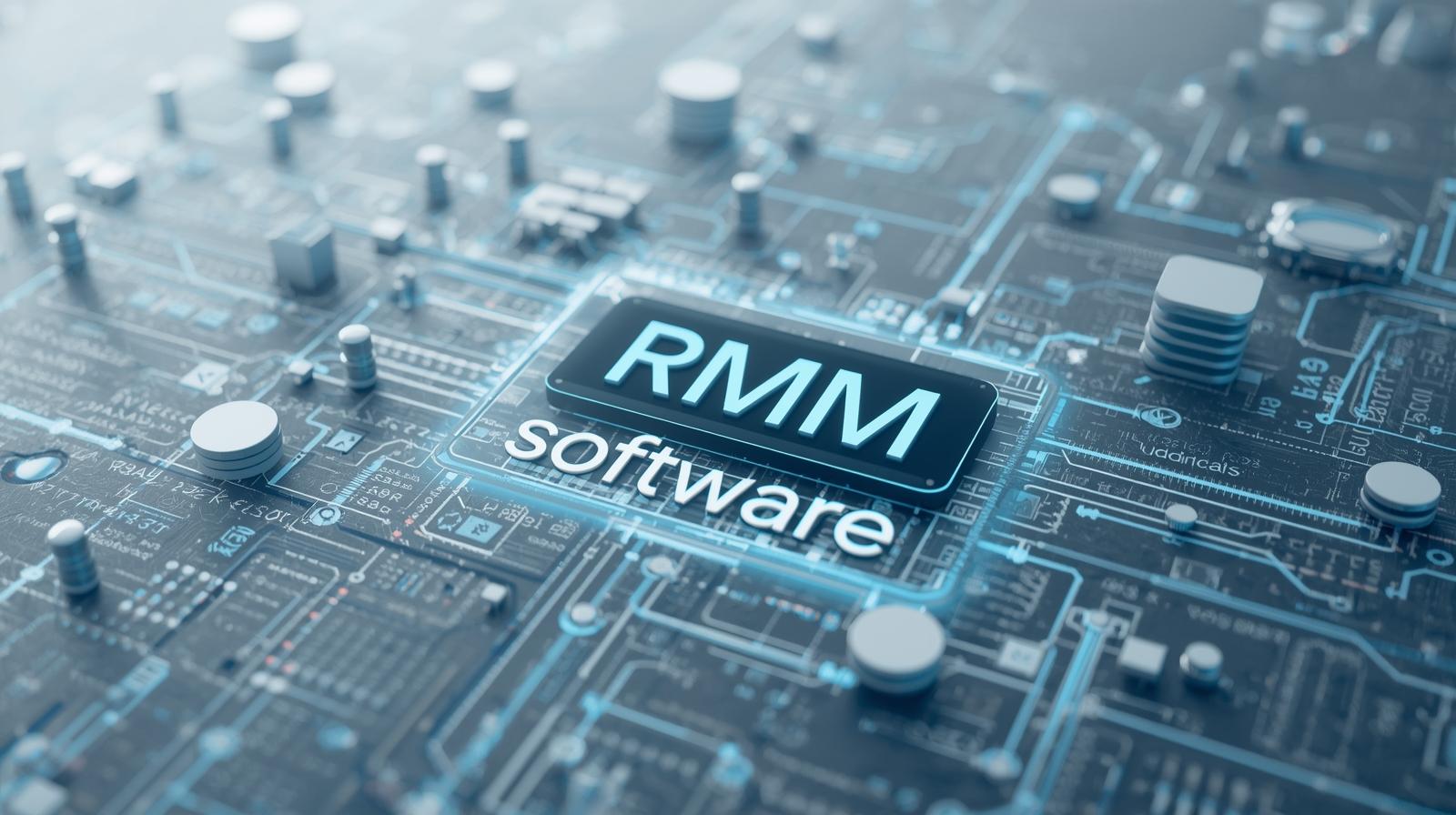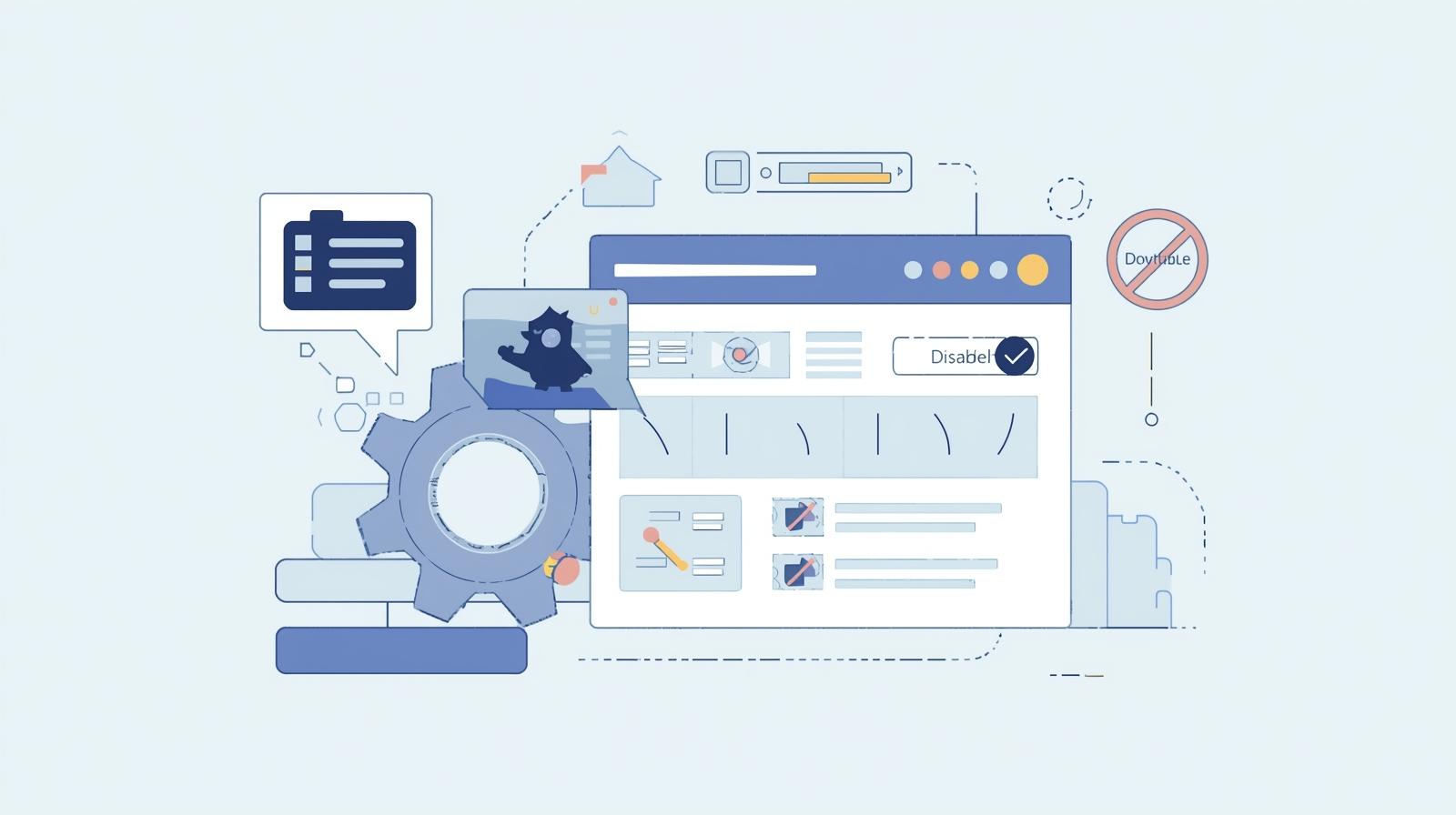Are You the Next Phishing Target?
Updated on July 21, 2025, by ITarian
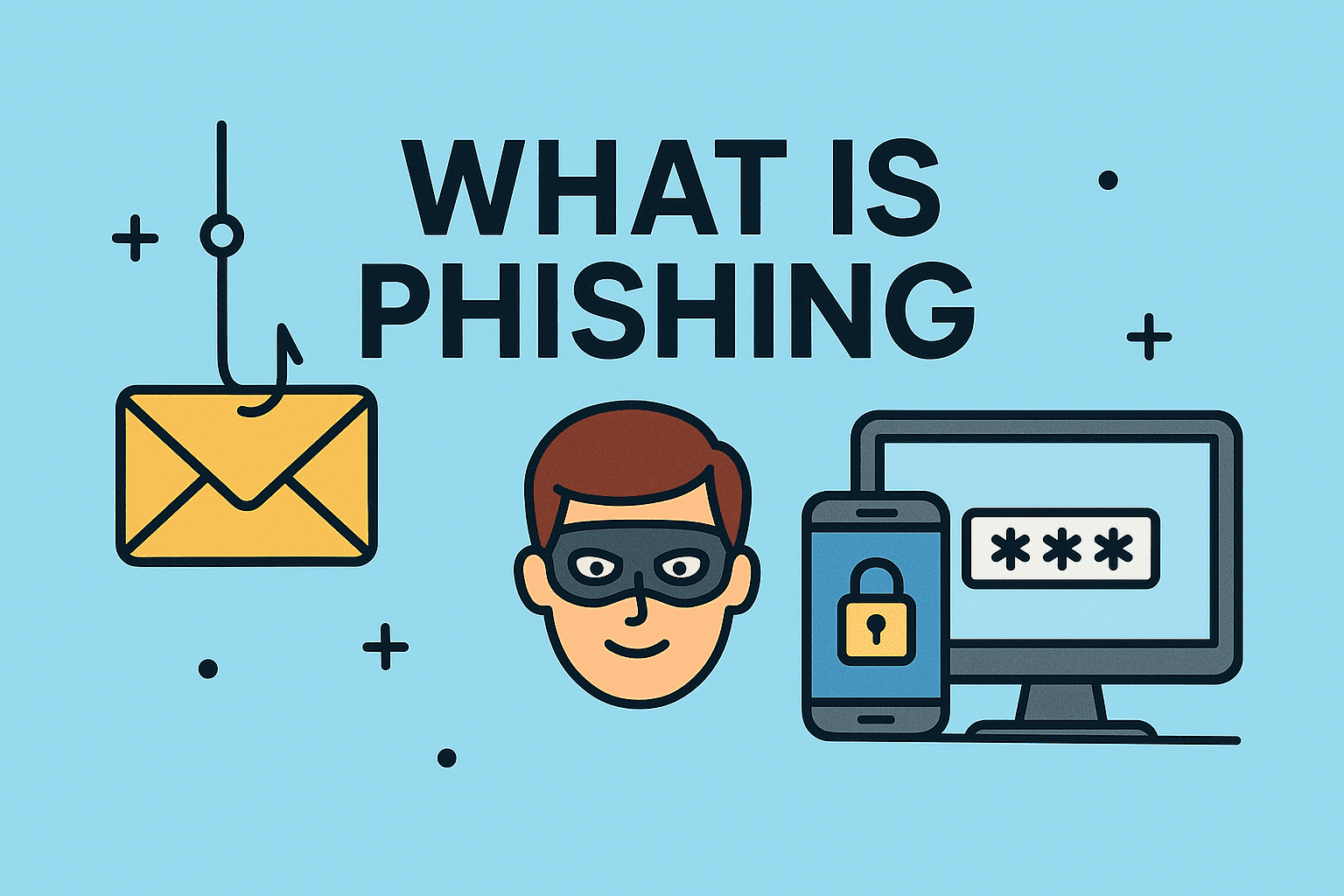
Did you know that 90% of data breaches start with phishing? In today’s digital world, cybercriminals use phishing to exploit human trust and steal sensitive information. Whether you’re an IT manager, cybersecurity expert, or business leader, understanding what is phishing and how to prevent it is crucial for your organization’s security.
In this guide, we’ll explain phishing, reveal types of phishing attacks, share real phishing examples, and provide practical strategies on how to prevent phishing effectively.
What is Phishing?
Phishing is a cyberattack method where criminals impersonate trustworthy entities to trick individuals into revealing personal information, such as login credentials, banking details, or sensitive corporate data.
How Phishing Works:
- An attacker sends a fraudulent email, text, or message.
- The message contains a link to a fake website or a malicious attachment.
- Victims who interact with these are tricked into sharing confidential information or installing malware.
Why Phishing is Dangerous:
- It preys on human error.
- It bypasses even sophisticated security systems.
- It causes financial losses, data breaches, and reputational damage.
✅ Quick Fact: According to the FBI, phishing caused losses of over $10 billion globally in 2024.
Types of Phishing Attacks You Must Know
Phishing isn’t limited to suspicious emails. Here are the most common types of phishing attacks IT and cybersecurity professionals should recognize:
1. Email Phishing
- Fake emails posing as trusted brands or colleagues.
- Goal: Steal login credentials or payment information.
2. Spear Phishing
- Highly targeted attacks tailored to specific individuals or companies.
- Goal: Bypass generic filters through personalization.
3. Whaling
- Targets high-level executives (CEOs, CFOs).
- Goal: Gain access to confidential company data.
4. Smishing (SMS Phishing)
- Fraudulent text messages with malicious links.
- Goal: Trick users via mobile devices.
5. Vishing (Voice Phishing)
- Phone calls pretending to be from tech support or banks.
- Goal: Obtain sensitive details through voice interaction.
6. Clone Phishing
- Legitimate email is copied and slightly modified.
- Goal: Replace genuine links with malicious ones.
Real-World Phishing Examples
Let’s look at phishing examples that have caused significant disruptions:
- 🎣 Google and Facebook Scam: A scammer tricked both tech giants into transferring over $100 million using fake invoices.
- 🎣 Twitter Bitcoin Scam: In 2020, high-profile accounts (Elon Musk, Barack Obama) were compromised through a phishing attack, promoting a crypto scam.
- 🎣 Colonial Pipeline Incident: A phishing email enabled attackers to install ransomware, leading to a shutdown of U.S. fuel pipelines.
✅ Lesson: Phishing can target anyone—from tech-savvy individuals to billion-dollar enterprises.
How to Prevent Phishing: Actionable Tips
Wondering how to prevent phishing? Here are proven strategies cybersecurity experts recommend:
1. Employee Security Awareness Training
- Conduct regular phishing simulation tests.
- Educate employees on recognizing phishing signs.
2. Use Multi-Factor Authentication (MFA)
- Even if credentials are stolen, MFA blocks unauthorized access.
3. Implement Email Security Solutions
- Use spam filters, DMARC, DKIM, and SPF records.
4. Keep Software Updated
- Regular updates patch vulnerabilities that phishing attacks exploit.
5. Verify Before You Click
- Always check email senders.
- Avoid clicking on suspicious links or downloading unexpected attachments.
Quick Checklist: Spotting Phishing Attempts
✅ Generic greetings (“Dear user”)
✅ Urgent threats (“Your account will be locked”)
✅ Suspicious links (hover to preview)
✅ Unexpected attachments
✅ Spelling errors or unusual language
Importance of Phishing Awareness for Businesses
- 🛡️ Protect Financial Assets: Avoid costly breaches and ransomware attacks.
- 🚨 Prevent Data Breaches: Safeguard customer and company data.
- 👨💼 Maintain Reputation: A phishing attack can lead to public distrust.
- 📈 Ensure Compliance: Many industries require anti-phishing policies for regulatory compliance (GDPR, HIPAA).
FAQs About Phishing
1. How can I tell if an email is phishing?
Look for poor grammar, mismatched URLs, and urgent demands. Always verify the sender.
2. Can phishing happen through phone calls?
Yes, vishing involves fake calls from scammers pretending to be legitimate entities.
3. What should I do if I clicked on a phishing link?
Disconnect from the internet, inform your IT/security team, and run an antivirus scan immediately.
4. Does antivirus protect against phishing?
It helps, but human vigilance and email filters are equally important since phishing targets human behavior.
5. Is phishing only about emails?
No. It can occur via SMS (smishing), voice calls (vishing), and even social media messages.
Conclusion: Stay Protected, Stay Informed
Now that you understand what is phishing, along with the types of phishing attacks and how to prevent phishing, you’re equipped to shield yourself and your organization from cybercriminals.
✅ Next Step: Take your cybersecurity defense to the next level with enterprise-grade protection. Sign up for Itarian today and safeguard your business from phishing threats.

